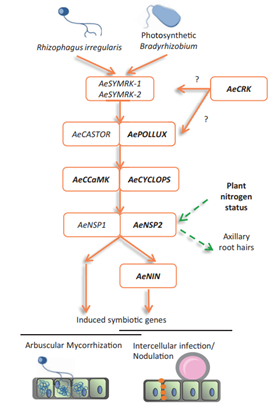
Modus operandi of Nod-independent symbiosis in Aeschynomene evenia (Plant Physiol)
Plant Science Research WeeklySymbioses and nodule organogenesis processes that occur independently of Nod-factors are relatively unexplored. Quilbe et al. investigated the semi-aquatic legume Aeschynomene evenia, which has recently been shown to establish symbioses with Bradyrhizobium sp. that do not produce Nod factors. The authors…
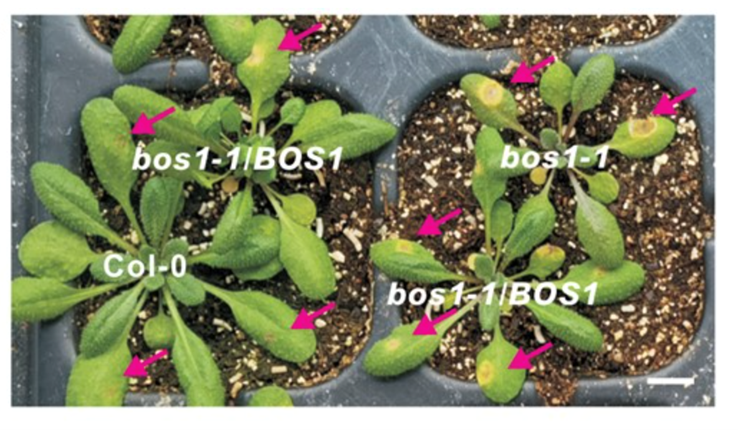
Ectopic expression of BOTRYTIS SUSCEPTIBLE1 reveals its function as a positive regulator of wound-induced cell death and plant susceptibility to Botrytis (Plant Cell)
Plant Science Research WeeklyProgrammed cell death (PCD) is a ubiquitous eukaryotic process in which specific cells are eliminated during development or in response to stress. Here, Fuqiang Cui and colleagues confirm for the first time the exact role of the BOS1 gene in the regulation of PCD in Arabidopsis thaliana. Originally identified…
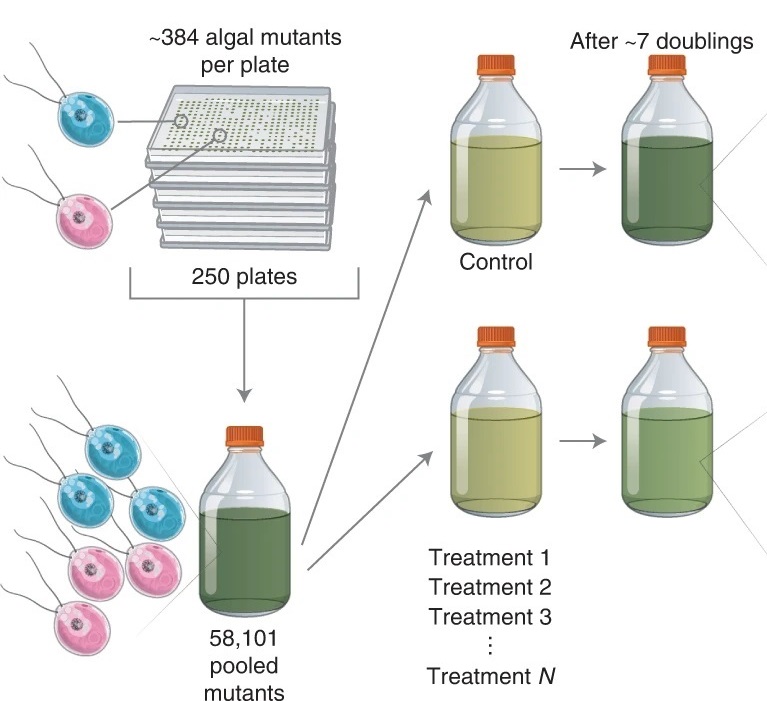
Systematic characterization of gene function in the photosynthetic alga Chlamydomonas reinhardtii (Nature Genetics)
Plant Science Research WeeklyThe green alga Chlamydomonas reinhardtii is a useful model system to study photosynthetic organisms, as this single-celled species allows for more high-throughput methods than in multicellular plants, and many conserved pathways of interest can be identified. Here, Fauser et al. demonstrate the value…
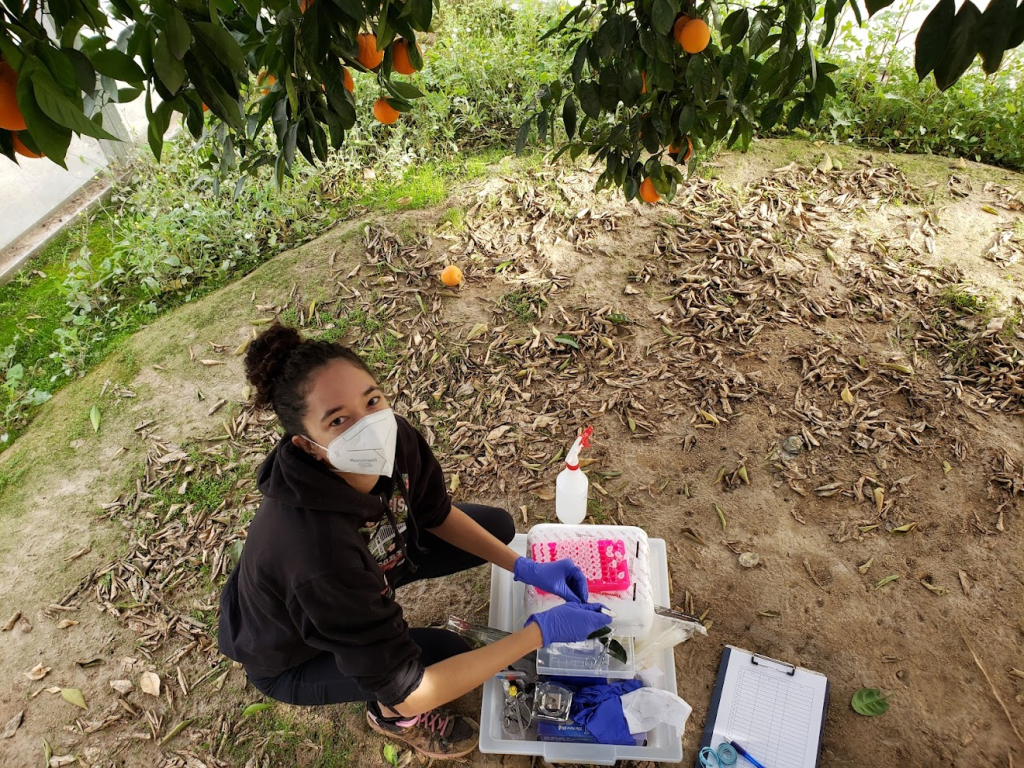
URM Plant Scientist Highlights - Taylor Beaulieu (she/her)
BlogTaylor Beaulieu (she/her) is currently a third year graduate student at UC-Riverside (UCR). She received her BS in Plant Biology from UCR and also received a minor in Education. She originally spent her undergraduate education training to become a K-12 science teacher which gave her training experience…
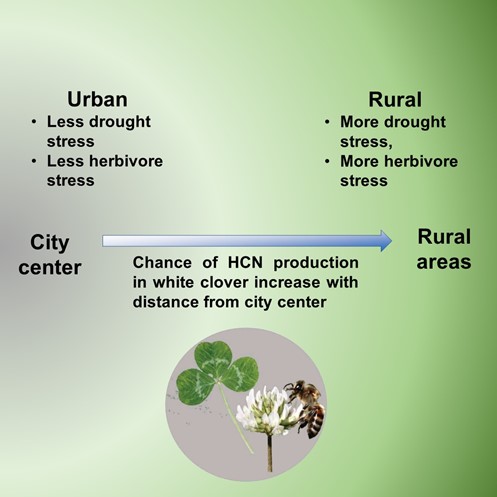
The urban environment led to unintended adaptive evolution in plants (Science)
Plant Science Research WeeklyGenerally, evolution is driven by natural selection, but not always. Human activities lead to the creation of unique niches, and other organisms must adapt accordingly. Cities are unique niches that are significantly different from rural areas and natural conditions. The urban habitat provides plants…

Microtubule-based perception of mechanical conflicts controls plant organ morphogenesis (Sci. Adv.)
Plant Science Research WeeklyMorphogenesis is a critical process in plants and animals that allows a cell, tissue, or organism to reach its final shape. In Arabidopsis thaliana, the formation of lateral root primordia (LRP) is an excellent example of organ morphogenesis that involves cell remodeling throughout differential growth…
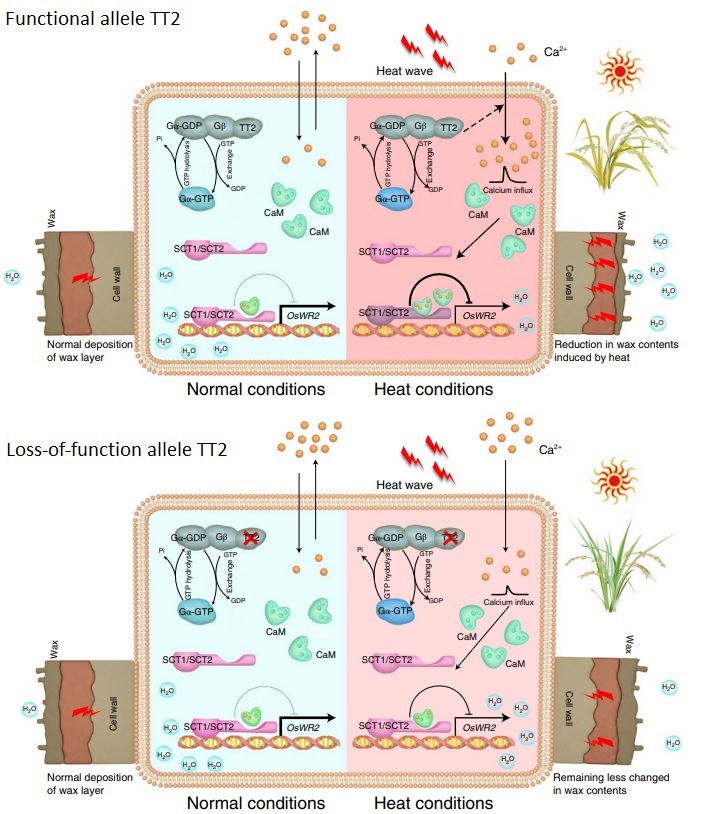
TT2 controls rice thermotolerance through SCT1-dependent alteration of wax biosynthesis (Nature Plants)
Plant Science Research WeeklyGlobal warming severely affects agricultural harvests, risking food security. To deal with heat stress, plants show different strategies. Indeed, heat increases intracellular Ca2+ levels to activate a heat shock response. In addition, GTP-binding proteins, which transduce extracellular signals to intracellular…
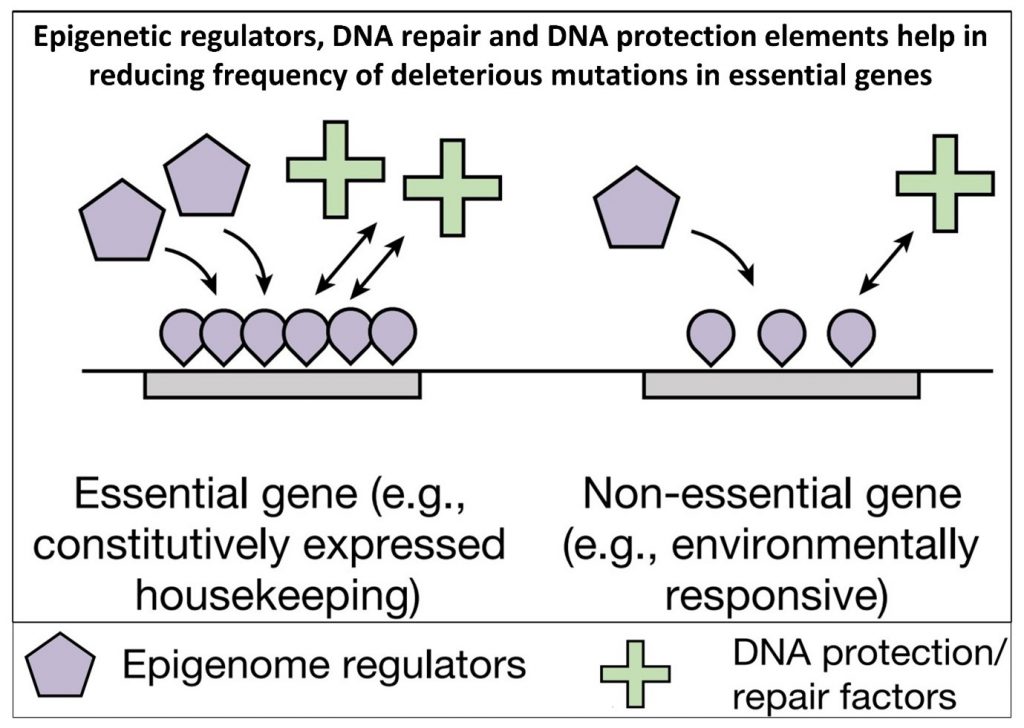
After all, mutations are not that random (Nature)
Plant Science Research WeeklyMutations, defined as changes in DNA sequence, have long been considered to be random. However, growing evidence suggests that maybe mutations are not random, but instead some loci in the genome are hot spots for mutations, while other loci rarely mutate. This effect is considered mutation bias. A recent…

The genomic ecosystem of transposable elements in maize (PLOS Genetics)
Plant Science Research WeeklyA new paper looking at transposable elements in maize uses the framework that genomes are similar to ecosystems, in that it is essential to study them comprehensively, from the level of each element to the global structure. Transposable elements (TEs) are dynamic and persistent within plant genomes.…

